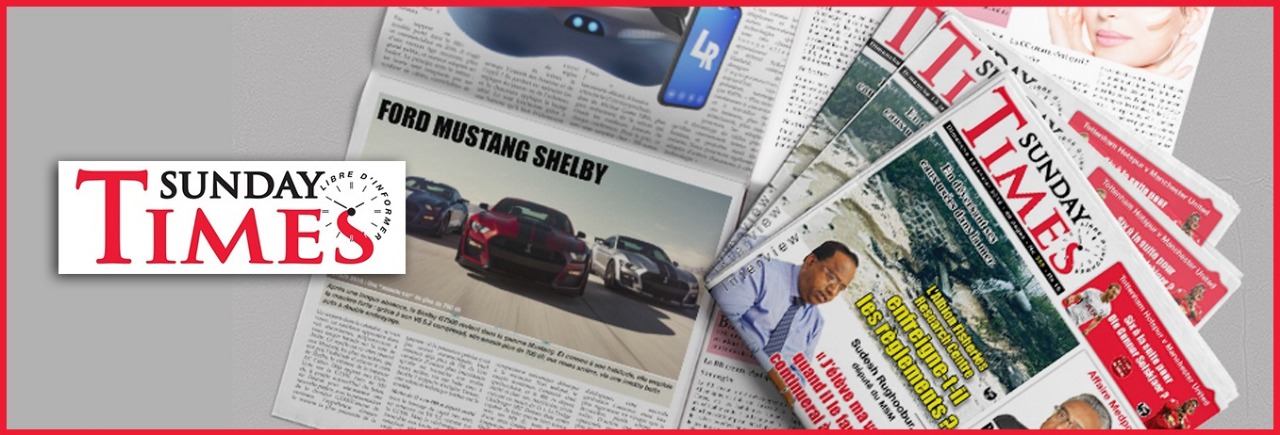Awqaf is a vibrant economic sector accounting for a substantial share of the Islamic financial system. Awqaf operations dovetail into all sectors of the economy and include a wide range of activities including education, healthcare, real estate, social services, and agriculture. Major hospitals, universities, museums, and many NGOs are waqfs. However, in spite of awqaf’s social and economic importance, this sector remains lacklustre. Awqaf, as a charitable institution is perceived to lack the organisational discipline of the corporate world. It is often dismissed as being arcane, undisciplined and un-entrepreneurial particularly when compared with the high flying private sector.
Awqaf, like all organisations, need revenues to fund their operations. They have to generate sufficient cash from their assets, or appeal to donors for help. However, donations are uncertain and cannot be relied upon to fund development. Borrowing funds is the quickest way of kick-starting projects and achieving goals. Awqaf is rich with one asset type – land, but is short on capital. To date, large parcels of awqaf land are undeveloped due to lack of capital and the latent wealth of awqaf remains largely untapped.
The awqaf sector does not get much attention from the lending community as it should. It has never been targeted by Islamic finance as a natural area for business. Banks always prioritize economic incentives over religious, social or ethical financing. Very few banks understand or are prepared to work with awqaf and this is reflective of paranoia with security and profitability. Banks divide their market operations between public and private sectors. Less than 3% of bank financing trickles into awqaf and Islamic non-profits each year. There’s a large financing gap between awqaf financing needs and what can be financed out of internal funds.
Financing awqaf projects is a challenging task for many reasons. One reason is that development financing necessitates long tenors, while the majority of Islamic banks’ financial transactions are directed toward murabaha and short term trade financing. Other reasons are inalienability of awqaf assets, waqif conditions that almost entirely frame investment strategies, emphasis on social work, and the ambiguity surrounding balance sheet information and financial statements. The reason for ambiguity is due two factors: firstly the large diversity and richness of the awqaf sector which reflects on the consistency and regularity of financial data; and secondly, in smaller organizations the accounting function is often filled by non-finance personnel.
In the face of this difficult investment background, it’s time to dispel the myth that banks can’t do awqaf projects and be profitable. The sector presents valuable opportunities and a market niche for banks. Awqaf projects exhibit the combined characteristics of being market oriented, value adding and socially impactful. They offer an attractive risk-return profile marked by low default rates and good financial returns. Fundraising has always been a solution to awqaf financial shortfalls.
Placing too narrow a focus on profit makes it harder for banks to align with the realities of the sector. Using the same measures for awqaf as for private sector is not only counter-productive but also unreasonable. This does not mean that traditional credit assessment algorithms should be abandoned. Rather, banks in their dealings with awqaf should undertake an enlightened and progressive review of their analyses. They need to align their corporate values with social values. Acting in a socially responsible way is good for business. Supporting awqaf organizations should be part of Islamic banks’ CSR strategies. Banks can provide many lucrative financial and advisory services. Leveraging on the waqf properties by using the creative and innovative solutions provided by Islamic modes of financing will certainly boost their profitability.
Banks’ evaluations of awqaf projects are often fraught with inexcusable error and misunderstanding. Awqaf has long been dismissed as being inefficient and has no place in the competitive world of business. That may have been true one day when all we knew about awqaf was mosques, madrassahs and cemeteries. On many fronts the awqaf sector has taken steps towards reinventing itself. The sector now offers fertile grounds for Islamic banks as it becomes more institutionalized, formalized and more efficient.
The size of the sector as well as its growing economic importance clearly qualifies it for serious attention by the Islamic financing industry. Islamic banking is not just about interest-free sharing of risks and profits. According to Islamic principles, business transactions can never be separated from the objectives of society. By tapping on awqaf, Islamic banks can double or even triple their productivity and out-perform their well-established conventional counterparts. Today, awqaf’s recovery momentum is comparable to a plane speeding down a runway almost ready for takeoff. One day soon we’ll see awqaf in the bloodstream of the Islamic capital markets, and banks will be knocking at its doors, and it will not be all about the money.
Hisham Dafterdar, CPA, PhD
Chairman
Awkaf Australia Ltd



![[Khutbah – La réflexion du Vendredi] Gaza : Le piège de l’oubli ou la stratégie de la diversion](https://sundaytimesmauritius.com/wp-content/uploads/2025/06/gaza-netzarim-corridor-humanitaire-218x150.jpg)



![[Yoga] A shared legacy, a shared future](https://sundaytimesmauritius.com/wp-content/uploads/2025/06/Yoga-Article-HC-218x150.jpg)
![[Khutbah – La Réflexion du Vendredi] Tawakkul, la confiance absolue en Allah (swt)](https://sundaytimesmauritius.com/wp-content/uploads/2025/06/Tawakkul-218x150.jpg)
![[Conseillers du MSM] Cumul de postes sur les boards : Un système lucratif d’enrichissement personnel](https://sundaytimesmauritius.com/wp-content/uploads/2025/06/pic-2-150x150.jpg)
![[National Agency for Drug Control] Sam Lauthan : « C’est tous ensemble qu’on vaincra la mafia »](https://sundaytimesmauritius.com/wp-content/uploads/2025/06/WhatsApp-Image-2023-02-16-at-4.22.48-PM-e1738665704593-150x150.jpeg)
![[OMCA Foundation] Un dîner de gala pour soutenir l’accès aux soins des plus démunis](https://sundaytimesmauritius.com/wp-content/uploads/2025/06/f960dc68-ed3e-4619-ae8e-dd8f374d07c4-150x150.jpg)

![[Conseillers du MSM] Cumul de postes sur les boards : Un système lucratif d’enrichissement personnel](https://sundaytimesmauritius.com/wp-content/uploads/2025/06/pic-2-100x70.jpg)
![[National Agency for Drug Control] Sam Lauthan : « C’est tous ensemble qu’on vaincra la mafia »](https://sundaytimesmauritius.com/wp-content/uploads/2025/06/WhatsApp-Image-2023-02-16-at-4.22.48-PM-e1738665704593-100x70.jpeg)
![[OMCA Foundation] Un dîner de gala pour soutenir l’accès aux soins des plus démunis](https://sundaytimesmauritius.com/wp-content/uploads/2025/06/f960dc68-ed3e-4619-ae8e-dd8f374d07c4-100x70.jpg)